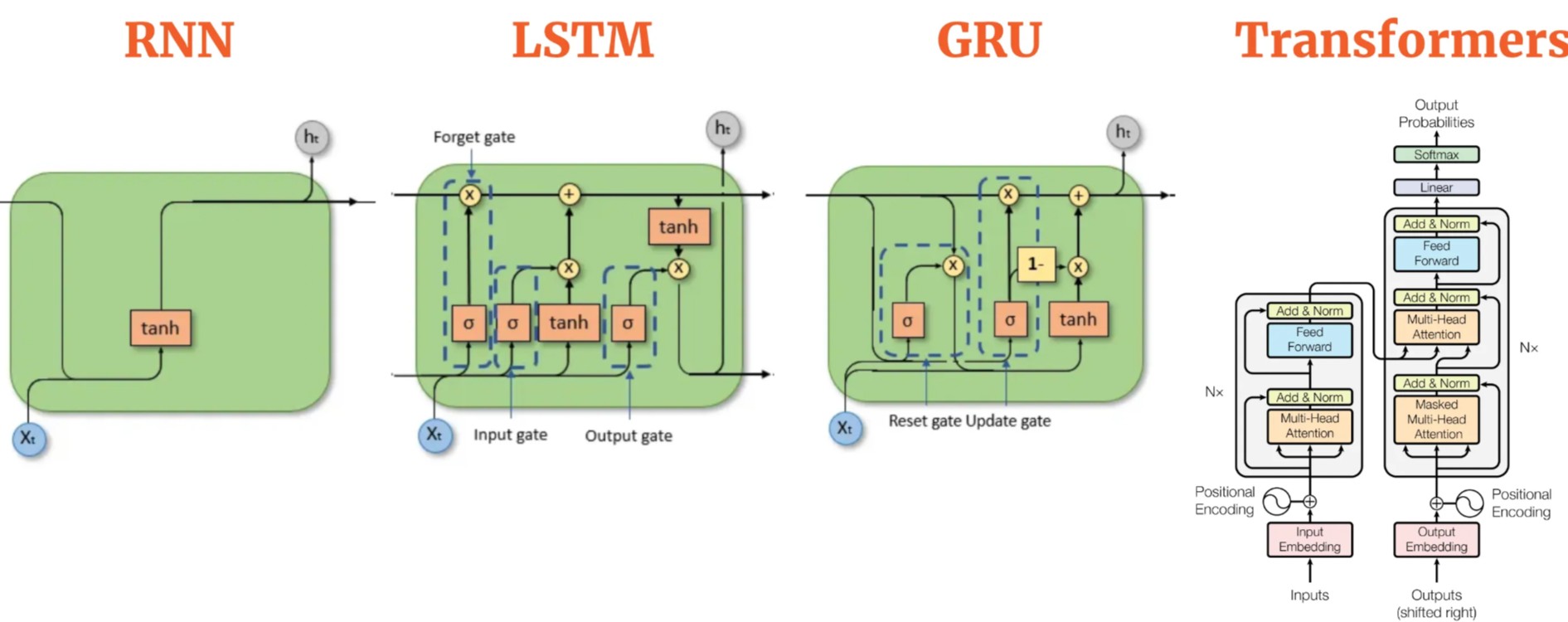
About Me
Hello! I'm Audrey DJOUPE PENE, a passionate Data Scientist and Machine Learning Engineer. I specialize in developing innovative solutions using cutting-edge AI technologies.
Skills
- Machine Learning & Deep Learning
- Data Analysis & Visualization
- Python, TensorFlow, PyTorch
- Natural Language Processing
- Statistical Analysis


